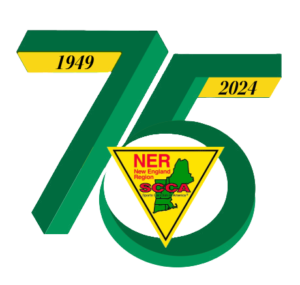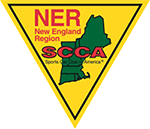Road Rally
A scenic drive with a purpose.
Road Rally Contacts | Road Rally News | Road Rally Results | Find an Event | Road Rally Rules | 2025 Schedule

RoadRally is a scenic drive with a purpose, a chance to enjoy a day with a friend, the least expensive form of motorsport and as one participant described it, “The most intense thing I have ever done.”
Considering that his, “most intense thing” was done on a public road without ever breaking any laws in a car with absolutely no modifications – it’s clear that RoadRally is much more than a simple phrase can describe.
Because events do not involve speed, teams do not need specialized equipment for their car. Although there are classes for vehicles with RoadRally-specific equipment on them, often teams will do the events with only pens, paper and a wristwatch. On the rare occasion the RoadRally is held at night, a small flashlight might be needed. Entry fees for the events are typically less than $40, and often events will even have classes for RoadRally novices.
RoadRally starts months in advance when organizers plan a route for teams to follow, determine safe and legal speeds for each portion and then write up step-by-step instructions on where to drive using distance, landmarks or even mystery-style clues for teams to follow.
When designing the route, organizers make sure to set average speeds below the speed limits for the roads traversed. Competitors should never feel the need to speed or drive unsafe to meet time goals. The goal of a RoadRally is precision, not risk.
When the day of the event arrives, teams will compete to see who is the best at reading the route instructions carefully, following the route, and maintaining the assigned average speeds. RoadRally teams are made up of two people with one of them – the driver – keeping eyes on the road and the other – the navigator – reading directions, figuring out times and helping spot landmarks.
Competition is measured by when teams arrive at precisely-measured checkpoints set up along the rally route where the exact arrival time has been calculated based on the designated average speeds. Penalty points are assigned if a team arrives at a checkpoint late or early. The further off the time, the more points the team gets and when the time comes to hand out trophies – the lowest score wins.
RoadRally Classes
Unlike the Classes in most motorsports that are determined by the vehicle you’re driving, in RoadRally the Classes are determined by the type of calculating equipment that you’re using. Classes vary according to the type of rally. The rally’s flyer and General Instructions will describe the specific Classes that are offered for that particular event.
RoadRally Styles



